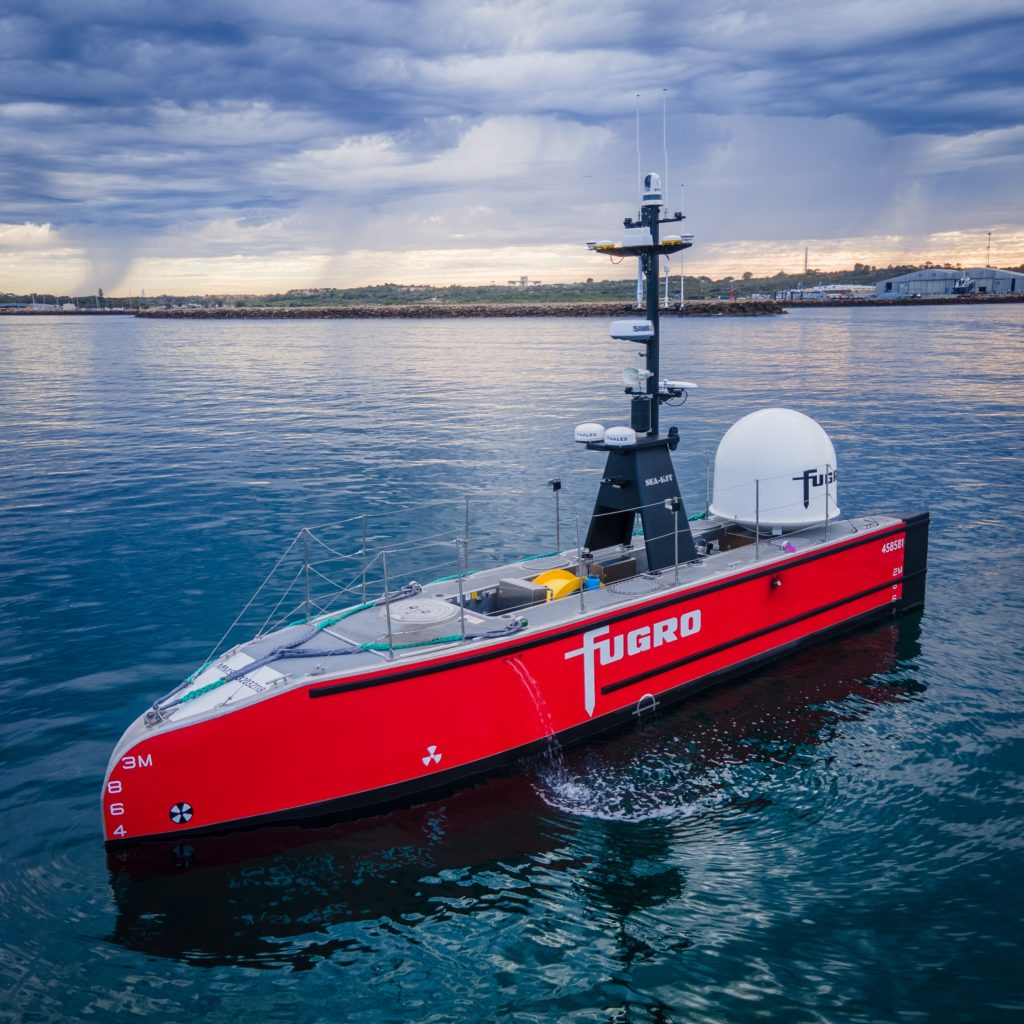As we discuss in our ongoing 3D Printing Drone Swarms series, additive manufacturing (AM) will play an increasing role in the production of all manner of semi-sentient robots. This has been demonstrated by unmanned aerial vehicles (UAVs), which are now being made in part with 3D printing for lightweight, custom designs. For this reason, we expect AM to be used for other drone-style bots as well, often for military purposes. We are also not advocating for the use of 3D printing for the manufacturing of weapons or military equipment, but are highlighting this as a likely inevitability.
As discussed in a previous article, we look at the possible classes of drones that may operate in land, sea, or air we can class them as:
- Class 1. Transport & Sensing
- Class 2. Loitering Munitions (or what the media will probably call “Kamikaze Drones”)
- Class 3. Unit Drones or Loyal Wingmen.
- Class 4. Autonomous Fighting Vehicles (aka Killer Drones).
- Class 5. Scavenging Drones
In all fairness, like the helicopter, unmanned aerial vehicles (UAV) are likely to be a versatile platform similar to how a helicopter is transformed into a gunship in some cases and a rescue vehicle in others. Platforms like the Bell Huey and Blackhawk are versatile and similar drone platforms will occur.
However, through the above categories, we can distinguish different roles. In Class 1, we can see a high degree of autonomy and load-carrying capacity that could be used for weapons systems. However, generally, the overreaching unmanned vehicle archetypes are a useful way to class these vehicles across theaters and across primarily being a land, air or sea vehicle. This is especially true since we’re likely to see blends of these vehicles emerge (e.g., a mine that lays on the ocean floor, that can become a submarine or surface vessel, or a small land vehicle that can hop distances if under attack). Not having to carry humans frees up a lot of weight for other fun capabilities. On the whole, however, we can see that, as well as simply guarding a place, just scouting and sensing will be very important roles.
Unmanned vessels such as those enabled by Sea Machines can perform marine surveys, sample water, conduct ground surveys in looking for oil and gas, scan the sea floor, or tow additional sensors as well. This has a great deal of commercial value. Fugro, a Dutch ocean survey firm, is investing in a series of unmanned survey vessels. These remote vessels can survey huge swatches of ocean floor at much lower cost.
The surveying leader also greatly reduces its fuel consumption and can use its autonomous craft to get assignments that otherwise would not be viable. Sometimes, alternative vessels will have 20 or 40 crew members, so the commercial benefit is significant. What’s more, a remotely operated vehicle (ROV) could perform a lot of surveying using artificial intelligence and call in operators when things get too complicated. This is especially advantageous, as staff can be expensive as is housing them at sea.
Fugro’s Blue Volta next generation, high power inspection eROV carrying out subsea inspections
The commercial market for such vessels for subsea and surveying is sure to play an outsized role in the future of subsea, oil and gas, wind farms and more. At the same, time we’re seeing very new possibilities emerge. Saildrone is one of a few firms that have pioneered long-term drones that can operate across large swathes of sea.
It’s easy to see how these wind and solar vehicles could be repurposed for long range sensor and scout roles. Eyes and ears in the distant oceans could be immensely valuable to militaries. ROVs could incessantly roam with the small chance that one of them could detect a submarine. Drones could forever trail all enemy surface ships to keep tabs on them, as well.
Here we could see commercially that many new types of intelligence could be gathered. Entire oceans could be scanned to check for disturbances or noise. A network of mobile sensors could provide for an early warning or tracking capability anywhere. At the same time, such craft could swarm targets to act like decoys in the event of contact.
Intelligence—and the correct timely interpretation of it—will be crucial to the wars of the future. To know what is important and to know what is significant is the key determinant between a commander’s success or failure. To pick signals from noise will be aided by the development of new sensing and interpretation capabilities.
We as a 3D printing industry will have a crucial role to play in this development. It used to be that commanders sailed on intuition, experience, sextant, wind, and compass, but we are approaching a world where networks of roaming sensors will be the information sources of the future.
